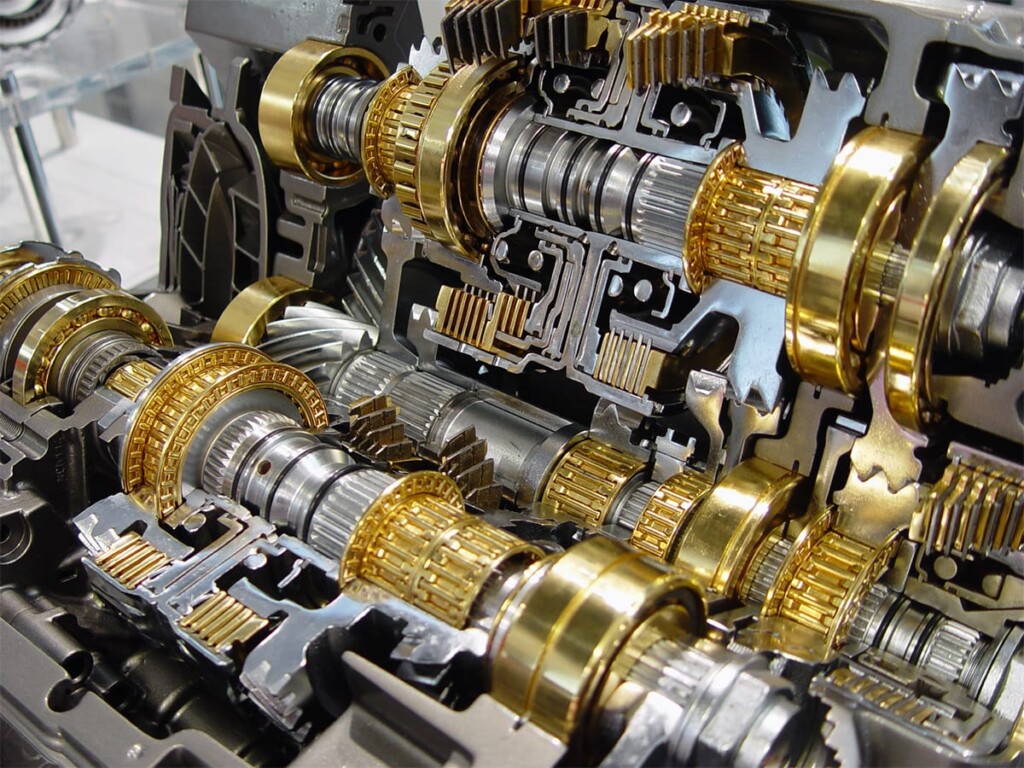The world as we know it today could not exist without advances machinery. Many of the components used to manufacture everything from smartphones to appliances to farm tractors, automobiles, and airplanes are produced using complex machinery comprising numerous parts designed to work intricately together. Often the environmental conditions under which they operate involve extreme temperatures and pressures and high speeds. Preventing the degradation and other problems that occur when surfaces come together under such conditions is essential to maintaining the high performance of these advances machines. Lubrication is the key to preventing or at least minimizing undesired interactions. Under extreme conditions, however, common liquid oils and semi-solid greases are not suitable. In these cases, anti-friction coatings —formulations of submicron-sized particles of solid lubricants dispersed in appropriate resin/solvent system— keep industry moving in the right direction.
Minimization of friction between moving parts is important for preventing sticking, seizing, galling, and general erosion/wear and tear. Also referred to as dry-film or solid-film lubricants, anti-friction coatings are used in applications where high shaft speeds combined with very high or low temperatures and pressures make it impractical to use liquid oils or greases. Under these conditions, conventional lubricants can vaporize or freeze, respectively. Dry-film lubricants also provide localized lubrication to metal, plastic, elastomeric, and even wood parts, and in many cases for the lifetimes of the components because they do not undergo aging, evaporation, or oxidation. With their low surface energies and hard finishes, these coatings also provide abrasion and chemical resistance and are vacuum- and radiation-resistant as well. Importantly, they can be applied using conventional equipment, including via roller, brush, airless spray, or dipping. Vacuum deposition is also an option. Typically, just one coat is required, which can be applied at controlled thicknesses.
Fluoropolymer, silicone epoxy, and molybdenum disulfide (MoS2) technologies are generally considered to be advanced anti-friction coatings. Fluoropolymer coatings can consist of flouropolymers like polytetrafluoroethylene in solvents or matrices formed from durable organopolymers. Fluoropolymers bond to substrates, resulting in excellent adhesion and the generation of a hard, smooth surface with very low surface energy. These coatings are also resistant to heat, cold, corrosion, and chemical attack. Water-based silicone epoxy anti-friction coatings are recommended as alternatives to bitumen for providing abrasion and corrosion resistance to piles and affording an excellent friction reduction slip plane between the piling and the surrounding soils. These coatings are more reliable and do not present the hazards associated with bitumen. The silicone-epoxy coatings also form strong bonds with the pile surface. In addition, they can be used on drilled shaft casings and sheet piles to enhance penetration and extraction.
For metal parts used under the most extreme conditions (temperature and pressure), the anti-friction coatings of choice are based on MoS2, which is also known as moly. They typically include other high-performance resins that ensure strong adhesion of the MoS2 to the metal surface. Moly coatings do not attract or retain dust, dirt or moisture and provide resistance to corrosion and chemical attack. They can be air dried or cured with heat. MoS2 can also be combined with other ingredients such as chrome and electroless nickel to provide additional wear or corrosion protection. When combined with chromium nitride (CrN) or titanium nitride (TiN), MoO2 coatings form a hard film with very low surface energies that are ideal for use on stamping tooling and wear components in assembly and packaging machines.
Reducing wear and abrasion isn’t the only benefit provided by anti-friction coatings. It is also interesting to note that dry film lubricants are also used today to reduce or eliminate noises inside automobile interiors. Once advanced measures were put in place to prevent noise from the engine and gear boxes reaching the ears of drivers and passengers, other noises became noticeable, such as those generated by plastic components sliding against one another. Anti-friction coatings are solving the problem. Transparent, water-based coatings that are compatible with and have good adhesion to plastic materials provide impart surface energies and allow these parts to slide quietly against one another.
